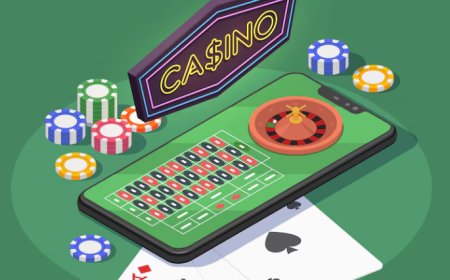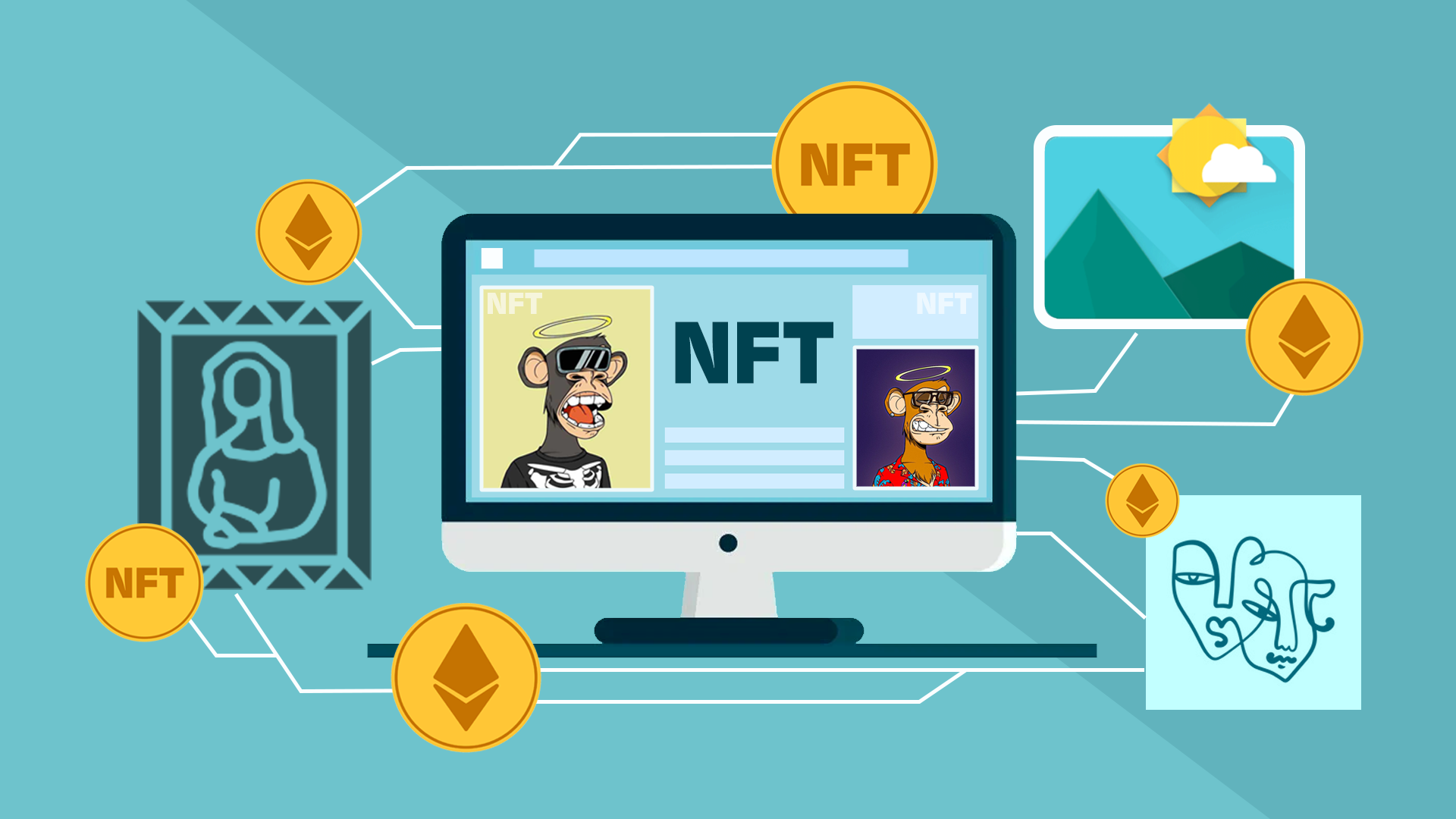Soul Reclaimed: Healing Trauma Through Therapy and Storytelling
Discover how therapy and storytelling can lead to healing and a powerful journey of enlightenment for trauma survivors.

Introduction
Have you ever felt like a part of you was missinglike something deep within you was lost after a painful experience? Trauma can do that. It can take the brightest parts of us and hide them under layers of fear, silence, and pain. But here's the good news: healing is not only possibleits transformative.
This article is about reclaiming your soul through two powerful tools: therapy and storytelling. Whether you're recovering from childhood wounds, a toxic relationship, or unexpected loss, this guide offers hope, practical insights, and a heartfelt journey of healing. Together, well explore how these practices can guide you through your own journey of enlightenment.
Understanding Trauma and Its Effects
Trauma isnt just an eventits the lingering echo that reshapes how we live. It could be a single moment or a series of experiences that left you feeling powerless or afraid. People often associate trauma with war or abuse, but it can also stem from emotional neglect, betrayal, or the death of a loved one.
The effects of trauma can include:
-
Anxiety, depression, and chronic stress
-
Emotional numbness or over-reactivity
-
Flashbacks or nightmares
-
Loss of self-worth or identity
These effects dont define who you are. They are signalscalls for healing.
What Does It Mean to Reclaim the Soul?
Think of your soul as a glowing lantern. Trauma may dim its light, but the flame never fully goes out. Reclaiming your soul means returning to your most authentic selfthe version of you that feels safe, whole, and alive.
This process is not about forgetting what happened. Its about learning, integrating, and choosing to move forward with strength and clarity.
The Role of Therapy in Soul Healing
Therapy acts as a safe container for your pain. It allows you to unpack your story in a space free of judgment. Therapists are trained to:
-
Help you understand and process your emotions
-
Identify limiting beliefs caused by trauma
-
Offer strategies to cope and reframe your experiences
Popular approaches for trauma include:
-
Cognitive Behavioral Therapy (CBT)
-
EMDR (Eye Movement Desensitization and Reprocessing)
-
Somatic therapy (which focuses on body awareness)
-
Internal Family Systems (IFS), where parts of your psyche are given a voice
In therapy, you dont just surviveyou rebuild.
Storytelling as a Bridge to Recovery
Imagine your trauma as a tangled knot. Storytelling helps untangle it. When we share our storieson paper, out loud, or through artwe organize our pain into something we can see and understand.
Why does it work?
-
It shifts you from being a victim to being a narrator
-
It brings clarity and distance from the pain
-
It invites connection from others who relate
Whether its journaling, blogging, poetry, or a voice note on your phoneyour story is medicine.
Combining Therapy and Storytelling
When therapy and storytelling are combined, something magical happens. Therapy gives you tools to cope, while storytelling allows you to make meaning of what happened.
For example:
-
In therapy, you may explore a painful memory
-
Later, you write about that memory from a future perspective
-
This retelling empowers youit puts the pen back in your hand
Together, they turn your pain into power.
Breaking the Silence: Finding Your Voice
Silence can be suffocating. Many trauma survivors grow up believing their pain is too much, too shameful, or too complicated to share. But heres the truth: Your voice matters.
You dont need to share your story publicly. Speaking to a trusted friend, writing in a private journal, or recording your thoughts can be enough. Each word is a step toward freedom.
Real-Life Stories of Transformation
Lets look at some examples (names changed for privacy):
-
Maria, a childhood abuse survivor, began painting her emotions. Through art therapy, she found peace she didnt think possible.
-
David, a war veteran, used poetry to describe his memories. He said, Writing helped me forgive myself.
-
Aisha, who lost a child, joined a support group and shared her grief for the first time. She said it lifted the unbearable weight.
Their stories prove that healing is possibleno matter how dark it seems.
Tools and Techniques for Daily Healing
Here are some gentle but powerful tools to help you reconnect with your inner self:
-
Mindfulness and meditation: Start with 5 minutes a day
-
Journaling prompts: What did I need back then? or What makes me feel safe today?
-
Movement: Yoga, walking, or dancing can release trapped emotions
-
Creative expression: Try painting, music, or storytelling apps
Small steps lead to big shifts.
How to Begin Your Healing Journey
The first step is often the hardest. Ask yourself:
-
What pain am I ready to face?
-
What kind of support do I need?
-
Am I willing to be patient with myself?
Then:
-
Research a therapist or support group
-
Set a healing intention (I want to feel safe in my body again)
-
Keep a healing journal
Your journey of enlightenment begins with a single act of courage.
Overcoming Shame and Guilt
Shame says, Something is wrong with me.
Guilt says, I did something wrong.
These emotions are common in trauma survivors, but they dont belong to you. Healing involves challenging those voices and replacing them with truth.
Try this affirmation:
I am not my past. I am worthy of healing and love.
The Role of Community in Healing
Trauma isolatesbut healing thrives in connection. Whether its a support group, a trusted friend, or an online forum, sharing your experience with others can be life-changing.
You dont have to do this alone.
The Spiritual Dimension of Recovery
For many, healing isnt just emotionalits spiritual. Trauma can disconnect you from your faith, values, or purpose. But recovery often rekindles the sacred spark inside.
Some practices that may help:
-
Prayer or meditation
-
Reading sacred texts
-
Exploring nature or energy healing
-
Finding meaning in your pain
This is where the journey of enlightenment truly begins.
Building a New Identity After Trauma
When you start healing, you might feel like a stranger to yourself. Thats normal. Youre not going back to who you wereyoure becoming someone stronger.
Ask yourself:
-
What kind of person do I want to be?
-
What values guide me now?
-
What kind of life am I ready to build?
Write your answers. Let them guide your next chapter.
Embracing Your Journey of Enlightenment
Healing isnt linear. Its messy, beautiful, painful, and powerful. But every step you take is a victory.
Think of it as a spiral staircase. Sometimes you circle back to old woundsbut each time, youre climbing higher. Youre wiser. Youre stronger. And your soul? Its coming home.
Final Thoughts: You Are Not Alone
Healing trauma is one of the bravest things a person can do. Whether youre just beginning or deep into the process, remember:
Youre not broken. Youre becoming.
With therapy, storytelling, and community, your soul can be reclaimedand your light can shine again.
FAQs
1. Can storytelling really help heal trauma?
Yes. Storytelling helps people process emotions, gain clarity, and create meaning from painful events. Its a powerful tool for recovery.
2. What type of therapy is best for trauma?
Theres no one-size-fits-all. EMDR, CBT, somatic therapy, and IFS are all effective depending on your needs and preferences.
3. Is healing from trauma a lifelong process?
Healing can take time, but it doesnt mean youll suffer forever. With the right support, many people experience deep, lasting change.
4. Do I need to share my trauma with others to heal?
Not necessarily. You can heal privately through journaling, therapy, or reflection. But connection with others often accelerates healing.
5. What is the 'journey of enlightenment' in trauma healing?
Its the process of moving from pain to wisdomfinding peace, purpose, and deeper self-awareness through healing practices.

































